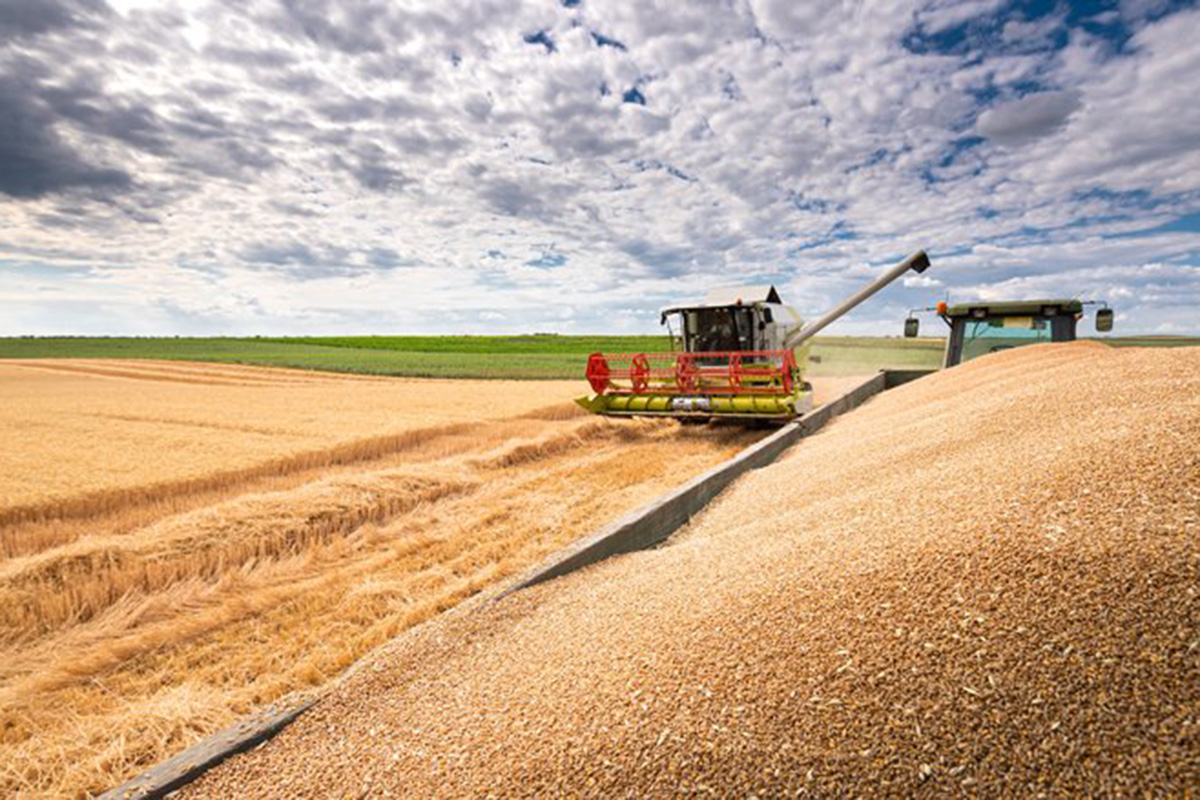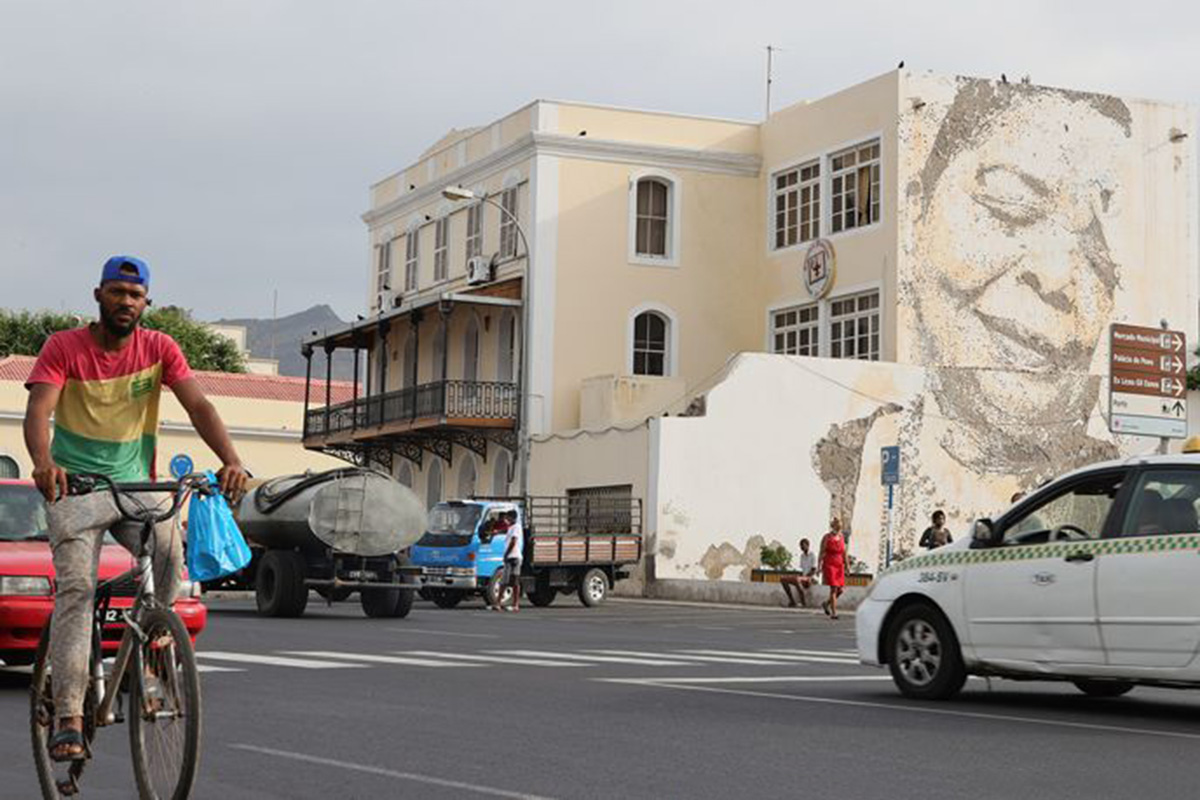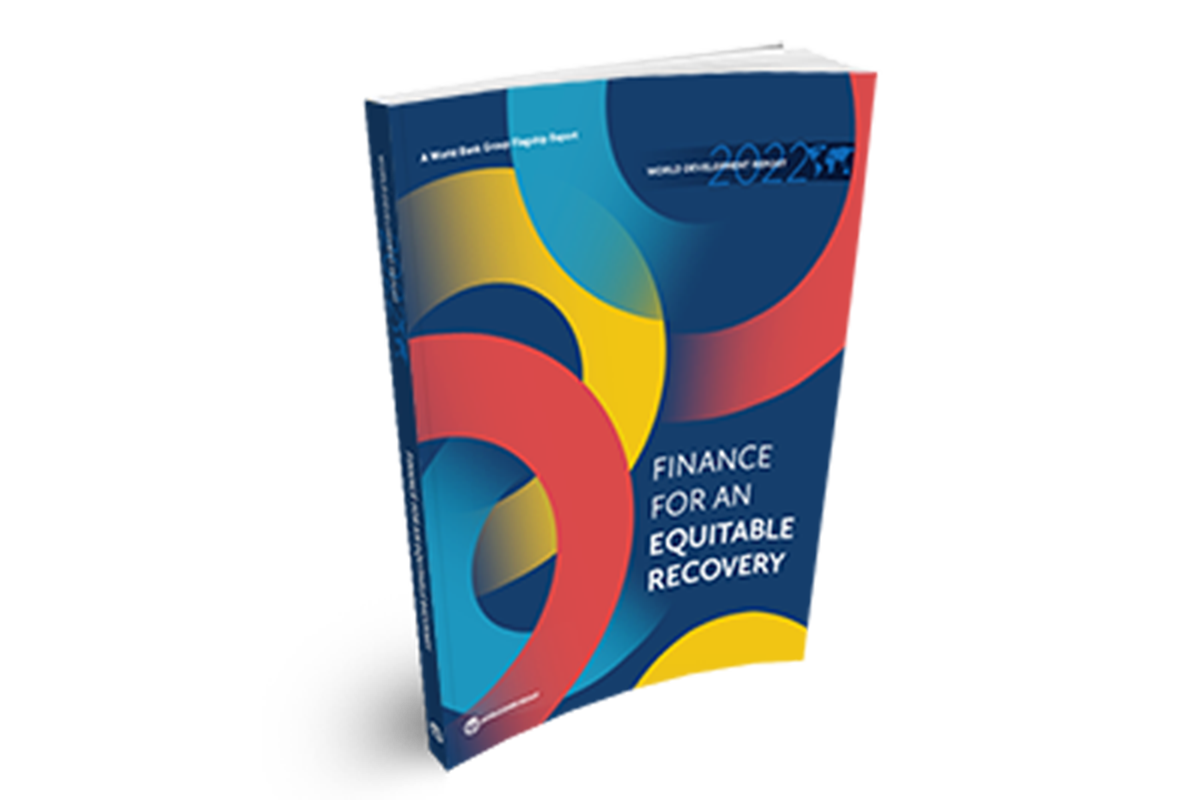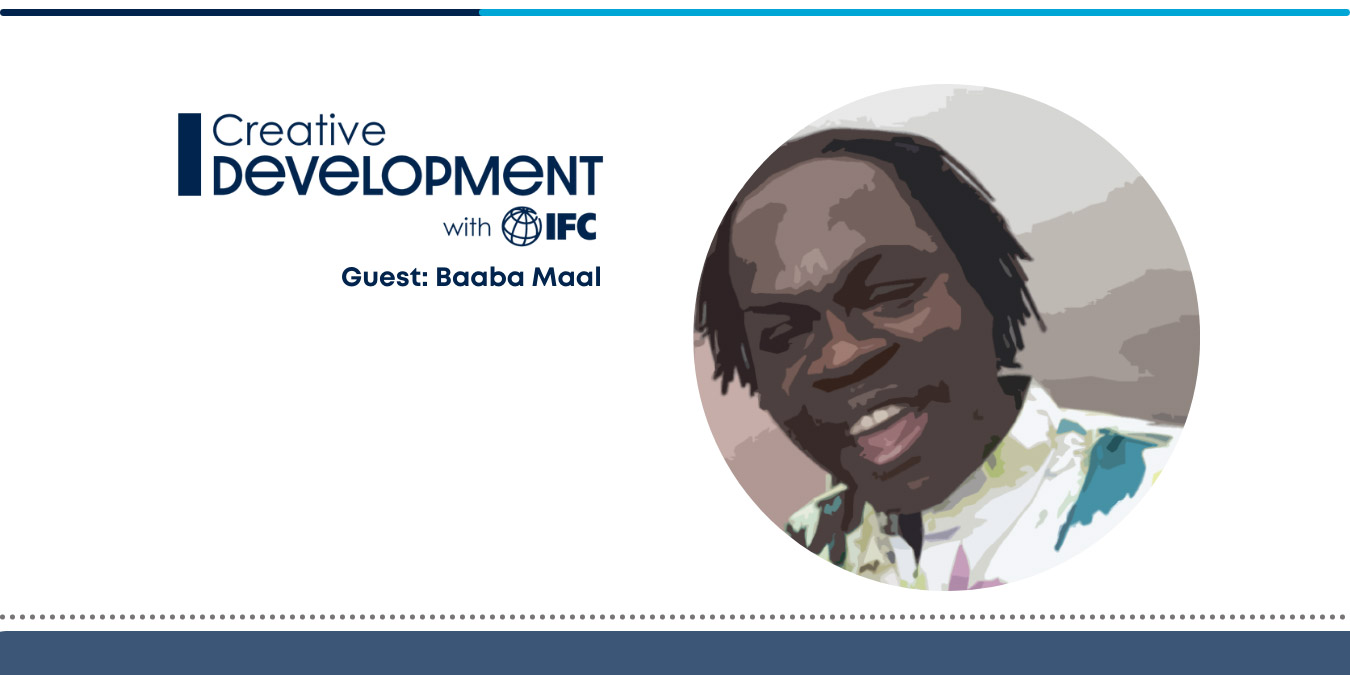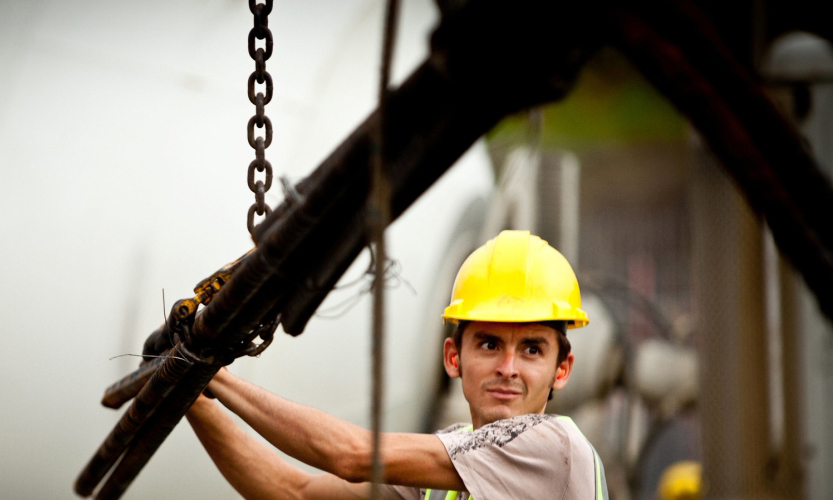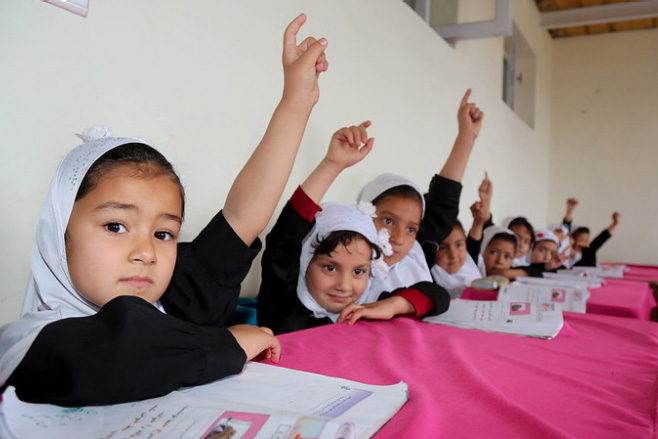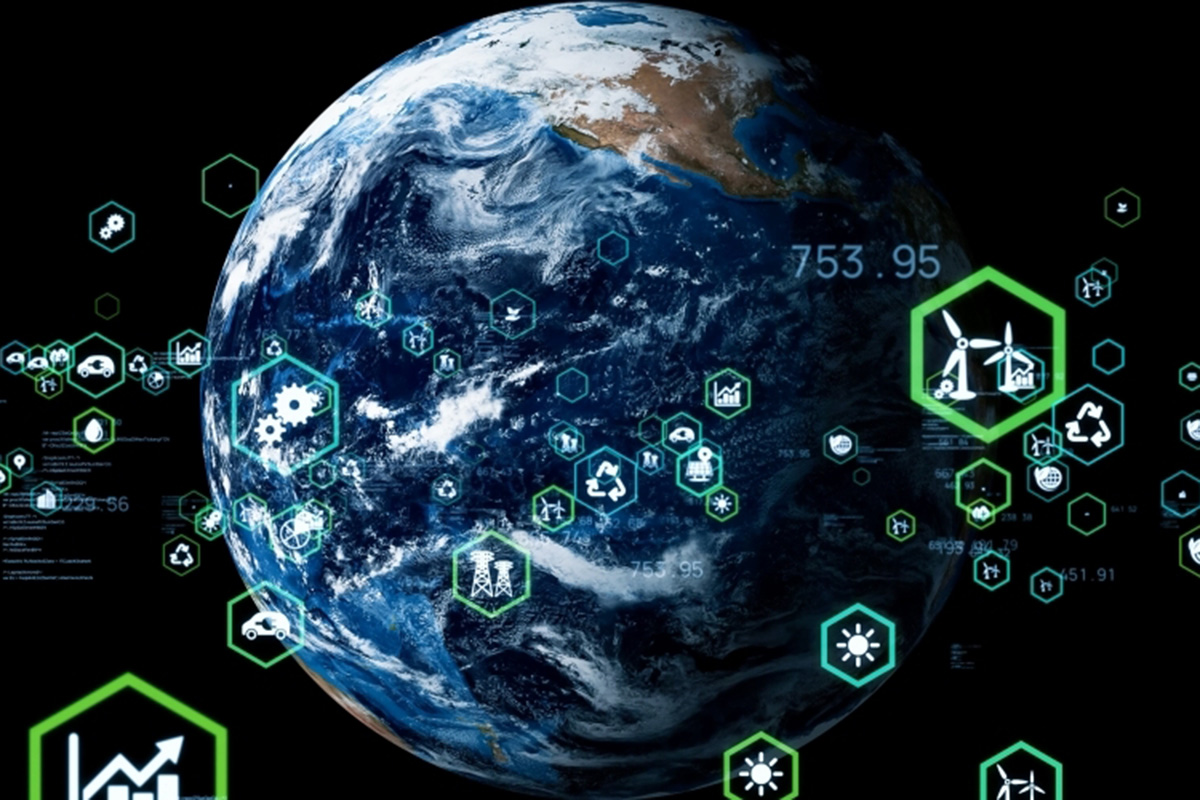The war in Ukraine has dealt a major shock to commodity markets, altering global patterns of trade, production, and consumption in ways that will keep prices at historically high levels through the end of 2024, according to the World Bank’s latest report. The increase in energy prices over the past two years has been the largest since the 1973 oil crisis. Price increases for food commodities—of which Russia and Ukraine are large producers—and fertilizers, which rely on natural gas as a production input, have been the largest since 2008.
World Bank
Global and domestic food prices were already close to all-time highs before the war in Ukraine, and a large question mark looms over the next seasons’ harvests worldwide.
G.S. Kabuga is one of 3,388 schools in Rwanda benefitting from reconstruction and refurbishment efforts, funded by the government of Rwanda and the World Bank. In the span of just one year, 22,505 classrooms across all 30 districts of Rwanda were built or refurbished with some accessibility features for learners with disabilities. Despite global setbacks brought-on by the COVID-19 crisis, significant progress has been made in meeting the 10 commitments, identified at the 2018 Global Disability Summit.
When COVID-19 hit, the closure of Cabo Verde’s borders to prevent the virus from spreading took a toll on people’s lives and livelihoods. Tourism suddenly stopped and many Cabo Verdeans lost their job. Thanks to a strong health system and a sound supply strategy, Cabo Verde became a model for COVID-19 response, with a lot to teach its neighbours on how to carry out vaccination campaigns. The World Bank responded to the crisis through several operations, at the beginning of the pandemic for $10 million, including credit line and social inclusion programmes.
The war in Ukraine could not have come at a worse time for the global economy—when the recovery from the pandemic-induced contraction had begun to falter. The World Bank explains how the Ukraine crisis could make it harder for many low- and middle-income economies to regain their footing. Besides higher commodity prices, the fallout is likely to arrive through several other vectors, including trade shocks. Countries closest to the conflict-due to trade and other links-are likely to suffer the greatest immediate harm. But the effects could ripple far beyond.
The World Bank World Development Report 2022: Finance for an Equitable Recovery, examines the central role of finance in the economic recovery from the pandemic.
The forum (7-15 March), offers a platform for the global community to gather and gauge the way it has been responding to fragility, conflict, and violence over the past decade and how to move forward.
After rebounding in 2021, global growth is expected to decelerate markedly in 2022, reflecting continued COVID-19 flare-ups, diminished fiscal support, and lingering supply bottlenecks.
Creative Development with IFC - S1E2
IFC Managing Director Makhtar Diop talks with world-renowned Senegalese musician Baaba Maal about how music can help raise awareness of a changing climate, give voice to the issues that matter to people, and bring people together to make change happen. He also discusses his efforts to combat desertification in the Sahel and to raise awareness for gender equality.
Photo Credit: IFC
People have eaten foraged insects and hydroponic crops for hundreds of years, but farming them is new. These technologies have huge potential to provide human food and animal feed all year round, and are more cost effective in places with limited resources. Farming them also protects the environment and climate, helps the economy, and provide jobs. Learn more.
From uneven economic recovery to unequal access to vaccines; from widening income losses to divergence in learning, COVID-19 has had a disproportionate impact on the poor and vulnerable in 2021. It is causing reversals in development and is dealing a setback to efforts to end extreme poverty and reduce inequality. Because of the pandemic, extreme poverty rose in 2020 for the first time in over 20 years. Through this series of charts and graphs, we share select research from the World Bank Group that illustrates the severity of the pandemic.
Remittances to low- and middle-income countries are projected to have grown a strong 7.3 percent to reach $589 billion in 2021, the World Bank reports.
The COVID-19 pandemic could drive up the share of 10-year-olds who cannot read a basic text, to around 70 percent in low- and middle-income countries, according to preliminary analysis from an upcoming World Bank report. This rise is a result of the prolonged school closures and poor learning outcomes despite government efforts to deliver remote learning. In many of these countries, schools have been closed for as many as 200 to 250 days, and many have yet to reopen.
When you think of climate migration, you probably think of people moving from one country to another to escape rising seas or expanding deserts. And to some extent, you’d be right. But the fact is, the vast majority of climate migrants are actually moving within their country’s borders Hotspots of climate migration may start to emerge as early as 2030, as people leave places that can no longer sustain them and go to areas that offer opportunities. The drivers of these migrations, according to the World Bank report, will be water scarcity, declining crop productivity and sea-level rise.
The World Bank commits to increase climate finance targets to 35% of total commitments over the next five years, align financing flows with the Paris Agreement, and integrate climate and development.

